Pharmacological properties
Pharmacodynamics. ACC long. n-acetyl-l-cysteine (acetylcysteine, ACC) is a mucolytic, expectorant, which is used to thin sputum in diseases of the respiratory system accompanied by the formation of thick mucus. acetylcysteine is a derivative of the amino acid cysteine. the mucolytic effect of the drug is chemical in nature. due to the free sulfhydryl group, acetylcysteine breaks the disulfide bonds of acidic mucopolysaccharides, which leads to the depolymerization of sputum mucoproteins and a decrease in mucus viscosity, and promotes expectoration and removal of bronchial secretions. the drug remains active in the presence of purulent sputum.
Acetylcysteine also has antioxidant pneumoprotective properties, which is due to the binding of chemical radicals by its sulfhydryl groups and, thus, their neutralization. In addition, the drug helps to increase the synthesis of glutathione – an important factor of intracellular protection not only from oxidative toxins of exogenous and endogenous origin, but also from a number of cytotoxic substances. This feature of acetylcysteine makes it possible to effectively use the latter in case of an overdose of paracetamol.
ACC Long Lemon. N-acetyl-L-cysteine (acetylcysteine) is a mucolytic, expectorant that is used to thin sputum in diseases of the respiratory system accompanied by the formation of thick mucus. Acetylcysteine is a derivative of the amino acid cysteine. Acetylcysteine has a pronounced mucolytic effect on mucous and mucous-purulent secretions due to the depolymerization of mucoprotein complexes and nucleic acids, which give viscosity to hyaline and purulent components of sputum and other secretions. Additional properties: reduction of induced hyperplasia of mucocytes, increase in production of surfactant due to stimulation of type II pneumocytes, stimulation of the activity of the mucociliary apparatus, which contributes to the improvement of mucociliary clearance. As a result, sputum becomes less viscous.
N-acetyl-L-cysteine also has a direct antioxidant pneumoprotective effect due to the presence of a nucleophilic free thiol group (SH), which is able to directly interact with electrophilic groups of oxidative radicals. Particularly interesting is the fact that acetylcysteine prevents the inactivation of α-1-antitrypsin, an enzyme that inhibits elastase, by hypochlorous acid (HOCl), a strong oxidant produced by myeloperoxidase of active phagocytes.
In addition, the molecular structure of acetylcysteine allows it to easily penetrate cell membranes. Inside the cell, acetylcysteine is deacetylated to form L-cysteine, an essential amino acid for the synthesis of glutathione. In addition, acetylcysteine, which is a precursor of glutathione, has an indirect antioxidant effect. Glutathione is a highly active tripeptide, distributed in various animal tissues and indispensable for preserving the functional capacity of the cell and its morphological integrity. In fact, it is part of the most important intracellular defense mechanism against oxidative radicals, both exo- and endogenous, and some cytotoxic substances, including paracetamol.
Paracetamol has a cytotoxic effect by progressively reducing the content of glutathione. Acetylcysteine plays a primary role in maintaining adequate levels of glutathione, thus enhancing cellular defenses. As a result, acetylcysteine is a specific antidote for poisoning with paracetamol and other toxic substances (aldehydes, phenols).
In patients with COPD (chronic obstructive pulmonary disease), taking 1200 mg of acetylcysteine per day for 6 weeks led to a significant increase in inspired volume and FVC (forced vital capacity of the lungs), possibly due to a decrease in air entrainment.
In patients with IPF (idiopathic pulmonary fibrosis), the use of acetylcysteine orally 600 mg 3 times a day for 1 year in combination with standard IPF therapy (prednisone and azathioprine) contributed to the preservation of the vital capacity of the lungs (VEL) and the diffusion capacity of the lungs, measured by the method of a single breath carbon monoxide.
In the form of inhalation therapy for 1 year, acetylcysteine contributed to reducing the intensity of disease progression in patients with IPL.
When used in very high doses (up to 3000 mg/day for 4 weeks) in patients with cystic fibrosis, acetylcysteine did not have a significant toxic effect.
The antioxidant effectiveness of acetylcysteine is associated with a pronounced decrease in elastase activity in sputum, which is the most significant indicator of lung function in patients with cystic fibrosis. In addition, against the background of treatment, a decrease in the number of neutrophils in the respiratory tract, as well as the number of neutrophils that actively secrete elastase-rich granules, was noted.
Pharmacokinetics. ACC Long. After ingestion, acetylcysteine is quickly and completely absorbed and metabolized in the liver with the formation of cysteine, a pharmacologically active metabolite, as well as diacetylcysteine, cystine, and further – mixed disulfides. Bioavailability is very low – about 10%. C max in blood plasma is reached 1-3 hours after administration. Binding to blood plasma proteins – 50%. Acetylcysteine is excreted by the kidneys in the form of inactive metabolites (inorganic sulfates, diacetylcysteine).
T ½ is determined mainly by rapid biotransformation in the liver and is approximately 1 hour. In case of decreased liver function, T ½ is extended to 8 hours.
ACC Long Lemon. Absorption. In humans, acetylcysteine is completely absorbed after ingestion. Due to metabolism in the intestinal walls and the first-pass effect, the bioavailability of acetylcysteine when taken orally is very low (about 10%). No differences were found for different dosage forms. In patients with various respiratory and heart diseases, C max of acetylcysteine in the blood plasma is reached 1-3 hours after administration and they remain higher for 24 hours.
Distribution. Acetylcysteine is distributed in the body both in unchanged form (20%) and in the form of metabolites (active) (80%), while it is mainly found in the liver, kidneys, lungs and bronchial secretions. The volume of distribution of acetylcysteine is from 0.33 to 0.47 l/kg of body weight. Binding to blood plasma proteins is about 50% 4 hours after administration and decreases to 20% after 12 hours.
Metabolism and excretion. After intake, acetylcysteine is quickly and extensively metabolized in the walls of the intestines and liver. The formed cysteine metabolite is considered active. Further, acetylcysteine and cysteine are metabolized in the same way with the formation of cysteine, a pharmacologically active metabolite, as well as acetylcysteine, cystine, and further – mixed disulfides. About 30% of the dose is excreted by the kidneys in the form of inactive metabolites (inorganic sulfates, diacetylcysteine).
T ½ is determined mainly by rapid biotransformation in the liver and is approximately 1 hour.
Indication
ACC long. treatment of acute and chronic diseases of the bronchopulmonary system, in which it is necessary to reduce the viscosity of sputum, improve its discharge and expectoration.
ACC Long Lemon. Treatment of acute and chronic diseases of the bronchopulmonary system, accompanied by increased production of sputum. Paracetamol overdose.
Application
ACC long is prescribed to adults and children over 14 years of age at 600 mg (1 tablet) once a day.
Children’s age up to 14 years and in cases where the dose should be divided into several doses, ACC is used in a different dosage form or in an appropriate dosage.
The drug is taken after a meal. Dissolve the tablet in a glass of water and drink the solution as soon as possible. In some cases, due to the presence of the stabilizer – ascorbic acid in the preparation, the prepared solution can be left for approximately 2 hours before its use. Additional liquid intake increases the mucolytic effect of the drug.
The duration of the treatment course is determined by the doctor individually, depending on the nature of the disease (acute or chronic). The drug should not be taken for more than 4-5 days without consulting a doctor.
ACC Long Lemon for adults and children over the age of 12 is prescribed one effervescent tablet once a day (which is equivalent to a daily dose of 600 mg of ACC).
For children under 12 years of age and in cases where the daily dose should be divided into several doses, ACC is used in a different dosage form or in an appropriate dosage.
Effervescent tablets are dissolved in a glass of water and drunk after a meal. Do not add other drugs to this solution. After preparing the solution, it should be drunk as soon as possible. In some cases, due to the presence of a stabilizer – ascorbic acid in the composition of the preparation, the prepared solution can be left for approximately 2 hours before its use.
Additional fluid intake increases the mucolytic effect of the drug.
The duration of drug use is determined by the doctor depending on the nature of the disease (acute or chronic). The course of treatment should not exceed 4-5 days.
Paracetamol overdose. In the first 10 hours after taking the toxic substance, ACC Long Lemon is taken as soon as possible at the rate of 140 mg/kg of body weight, then – at the rate of 70 mg/kg every 4 hours for 1-3 days.
Contraindication
Hypersensitivity to ACC or other components of the drug. hepatitis, kidney failure (to avoid increasing the content of nitrogen-containing substances in the body). stomach and duodenal ulcer in the acute stage, hemoptysis, pulmonary bleeding.
Side effects
The assessment of side effects is based on the following classification by frequency of occurrence: very often (≥1/10); often (≥1/100, 1/10); infrequently (≥1 / 1000, 1/100); single (≥1/10,000, 1/1000); rarely (1/10,000); the frequency is unknown (the data obtained do not allow us to estimate the frequency).
General disorders and reactions at the injection site: infrequently – headache, fever, hyperthermia, fever, allergic reactions (itching, urticaria, exanthema, rashes, bronchospasm, angioedema, Quincke’s edema, tachycardia and arterial hypotension); rarely – anaphylactic reactions and shock; unknown – swelling of the face, eczema.
From the blood and lymphatic system: the frequency is unknown – anemia.
From the side of the cardiovascular system, organs of the chest and mediastinum: infrequently – tachycardia, arterial hypotension; rarely – shortness of breath, bronchospasm – mainly in patients with bronchial hyperreactivity in asthma, shortness of breath, hemorrhages, hemorrhage.
Gastrointestinal tract: infrequently – stomatitis, abdominal pain, nausea, vomiting and diarrhea; rarely – dyspepsia; unknown – bad breath.
From the organs of hearing and the labyrinth: infrequently – ringing in the ears.
From the side of the respiratory system: rarely – rhinorrhea.
From the side of the nervous system: infrequently – headache.
From the side of the immune system: infrequently – hypersensitivity reactions; rarely – anaphylactic shock, anaphylactic / anaphylactoid reactions.
Studies: infrequently – a decrease in blood pressure.
In very rare cases, skin reactions such as Stevens-Johnson syndrome and Lyell’s syndrome have been reported in connection with the use of ACC. In most cases, at least one other drug may be more likely to cause mucocutaneous syndrome. Therefore, in the event of the appearance of any new changes on the skin or mucous membranes, you should consult a doctor and immediately cancel the use of ACC.
Several studies have shown a weakening of platelet aggregation when taking ACC. The clinical significance of this observation is unknown.
Special instructions
The use of ACC at the early stage of treatment can contribute to thinning of sputum and increasing the volume of bronchial secretions. if the patient is unable to effectively cough up sputum, postural drainage and bronchoaspiration are necessary.
During ACC treatment, it is recommended to consume a sufficient amount of liquid.
Special care is required when treating patients with histamine intolerance. Long-term use of ACC Long / ACC Long Lemon is not recommended for such patients due to the effect on histamine metabolism, which can cause symptoms of intolerance (for example, headache, vasomotor rhinitis, itching).
A light sulfur smell is not a sign of a change in the drug, but is specific to the active substance.
Mucolytic agents can cause bronchial obstruction in children under 2 years of age. Due to the physiological features of the respiratory system in children of this age group, the ability to clean the secretions of the respiratory tract is limited. Therefore, mucolytics should not be used in children under 2 years of age.
One effervescent tablet contains 6.03 mmol (138.8 mg) sodium. This should be taken into account by patients who are on a salt-restricted diet (low-sodium or low-salt diet). ACC Long / ACC Long Lemon is also contraindicated in patients with some rare hereditary disorders, in particular with galactose intolerance, lactase deficiency or lactose-galactose malabsorption.
Patients with BA should be under strict control during treatment due to the possible development of bronchospasm. In case of bronchospasm, ACC treatment should be stopped immediately.
It is recommended to be used with caution in patients with a history of gastric and duodenal ulcers, especially in the case of concomitant use of other drugs that irritate the gastric mucosa.
ACC should be administered with caution to patients with liver or kidney disease to avoid accumulation of nitrogen-containing substances in the body.
Use during pregnancy and breastfeeding. Clinical data on the use of ACC in pregnant women are limited. Animal studies have not revealed direct or indirect negative effects on pregnancy, embryo-fetal development, childbirth and postnatal development.
To date, there is no sufficient data on the use of the drug during pregnancy and breastfeeding, so the drug can be prescribed only if the expected benefit to the mother exceeds the potential risk to the fetus or child.
ACC crosses the placenta and has been detected in umbilical cord blood. There are no data on penetration into breast milk.
There is also no information on ACC’s ability to penetrate the blood-brain barrier.
Children. ACC Long is used in children older than 14 years, ACC Long Lemon is used in children older than 12 years.
The ability to influence the speed of reaction when driving a motor vehicle or working with other mechanisms. There are no data on the negative impact on the ability to drive vehicles or work with complex mechanisms.
Interactions
Interaction studies were conducted only with the participation of adults.
With simultaneous use with antitussives due to a decrease in the cough reflex, dangerous mucus stagnation is possible, therefore, for the appointment of combined therapy with such means, a careful diagnosis must be established.
Activated carbon reduces the effectiveness of ACC.
With simultaneous use with such antibiotics as tetracyclines (excluding doxycycline), ampicillin, amphotericin B, cephalosporins, aminoglycosides, their interaction with the thiol group of ACC is possible, which leads to a decrease in the activity of both drugs. Therefore, the interval between taking these drugs should be at least 2 hours. This does not apply to cefixime and loracarbef.
The simultaneous use of nitroglycerin with ACC Long Lemon can lead to an increase in the vasodilator effect of nitroglycerin. With the simultaneous administration of nitroglycerin and ACC, significant arterial hypotension and expansion of the temporal artery were found. If the simultaneous use of nitroglycerin and ACC is necessary, patients should be monitored for hypotension, which may be severe, and they should be warned about the possibility of headache.
In contact with metals or rubber, sulphides with a characteristic smell are formed, so glassware should be used to dissolve the drug.
ACC can be a cysteine donor and increase the level of glutathione, which contributes to the detoxification of oxygen free radicals and certain toxic substances in the body.
Impact on laboratory research. ACC can affect the colorimetric method of salicylate research and the determination of ketone bodies in urine.
Incompatibility with other medicines. In vitro incompatibility was observed with some semi-synthetic penicillins, tetracyclines, cephalosporins, as well as aminoglycosides. There is no data on incompatibility with such antibiotics as amoxicillin, erythromycin, cefuroxime.
When dissolving ACC, it is necessary to use glassware, avoid contact with metal and rubber surfaces.
It is not recommended to dissolve ACC with other drugs in one glass.
Overdose
To date, no cases of serious and life-threatening side effects have been observed, even with a significant overdose. volunteers took 11.6 g of ACC per day for 3 months without any serious side effects. oral doses of ACC up to 500 mg/kg/day were tolerated without symptoms of intoxication.
Overdose can cause gastrointestinal symptoms such as nausea, vomiting and diarrhea. There is a risk of hypersecretion for children.
There is no specific antidote for ACC poisoning, the therapy is symptomatic.
Storage conditions
No special storage conditions are required. keep out of the reach of children.


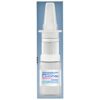

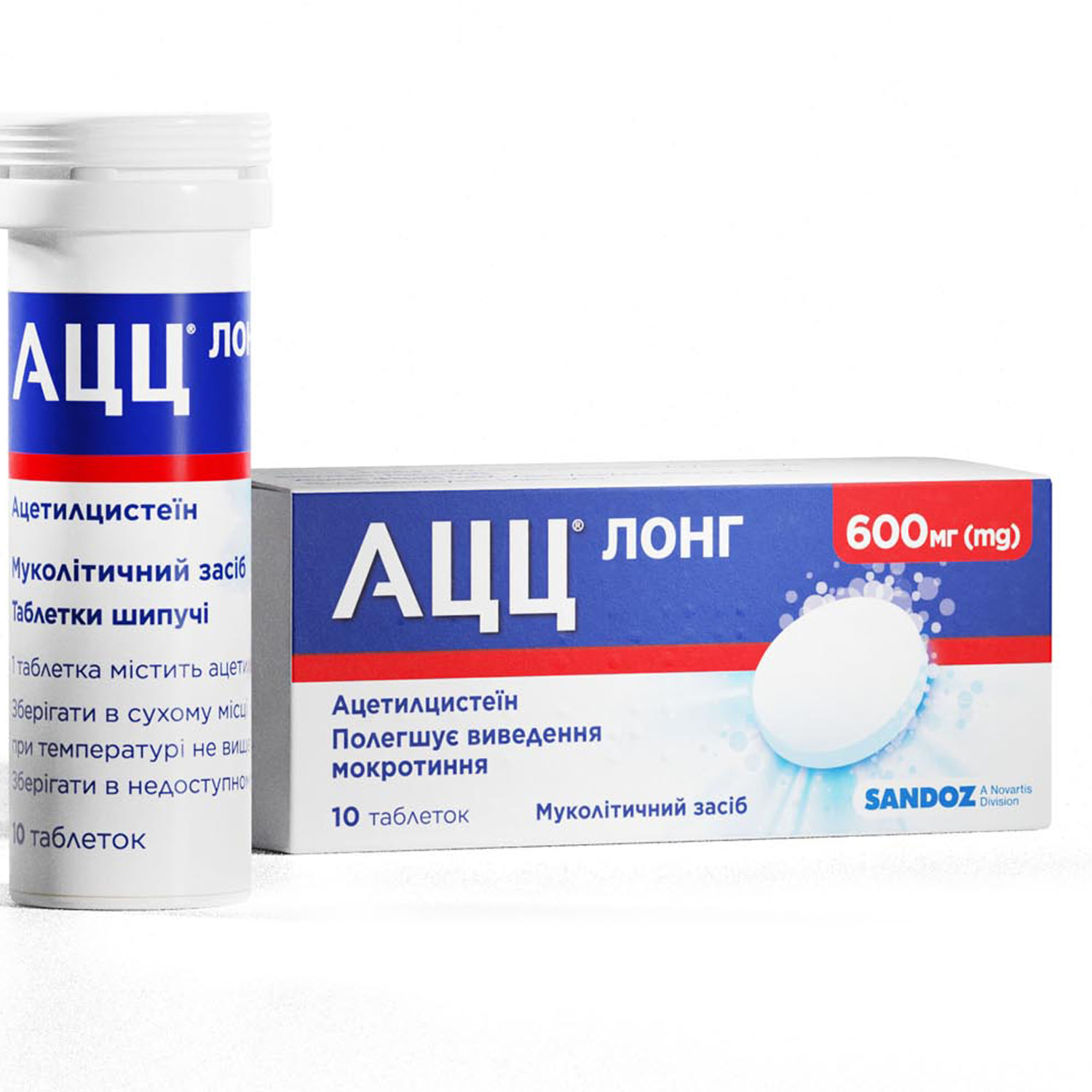

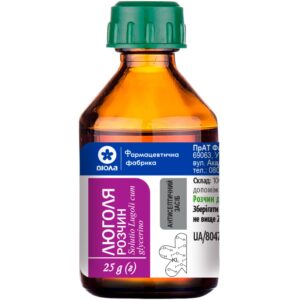
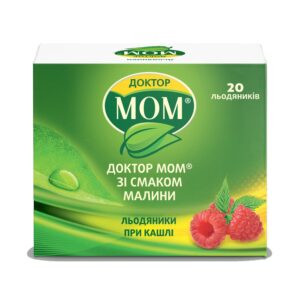
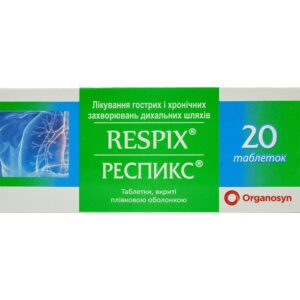
Reviews
There are no reviews yet.